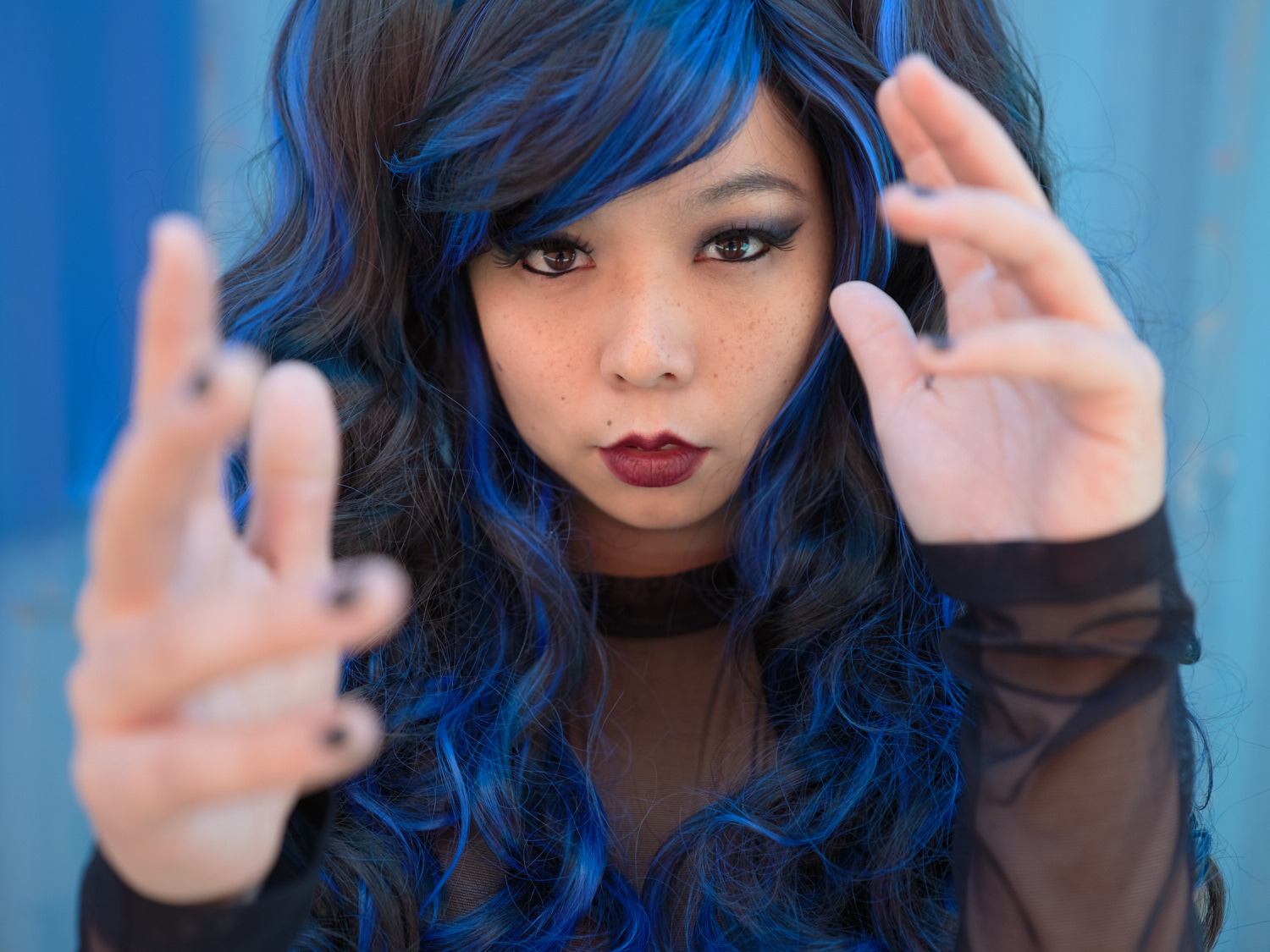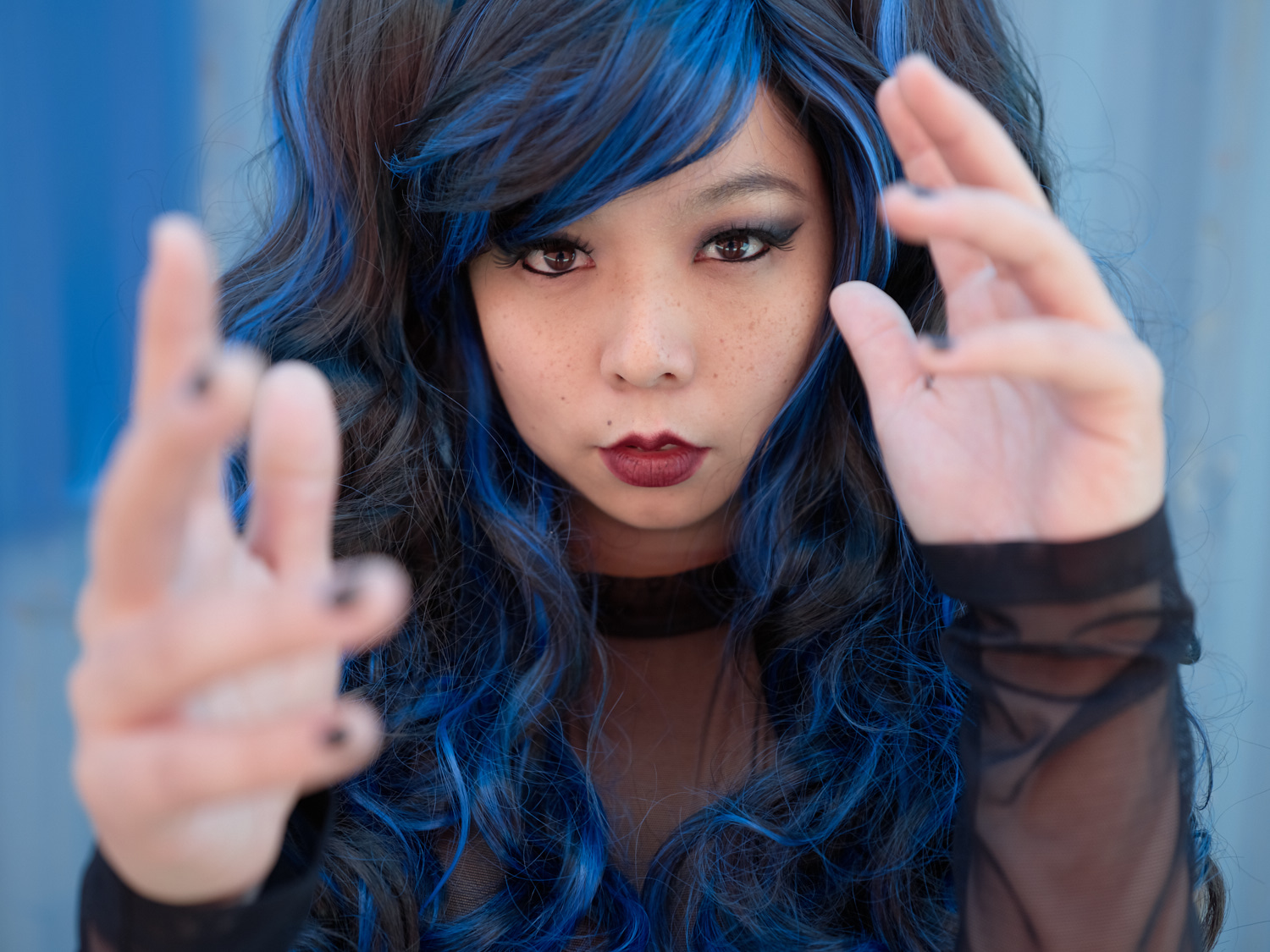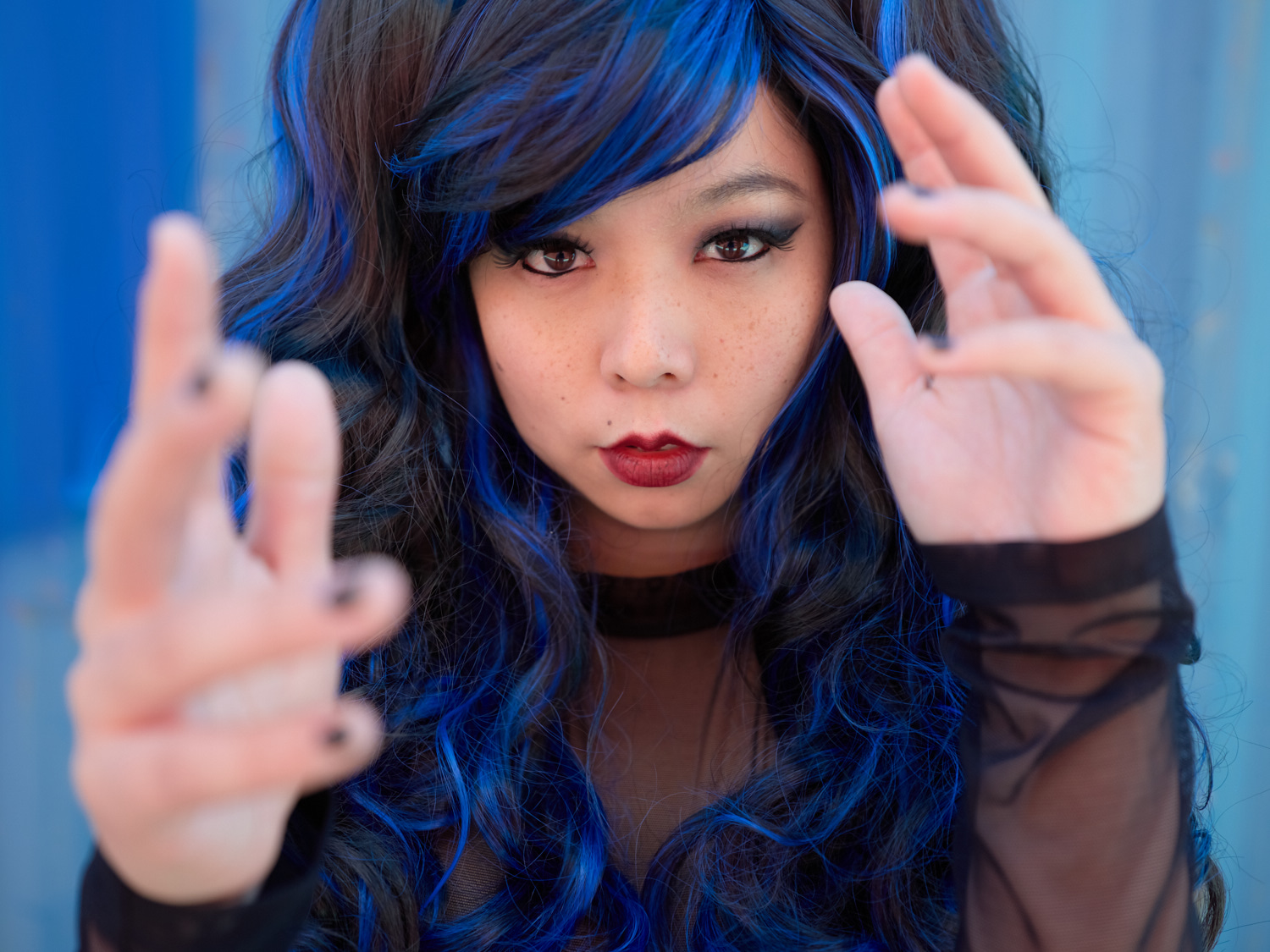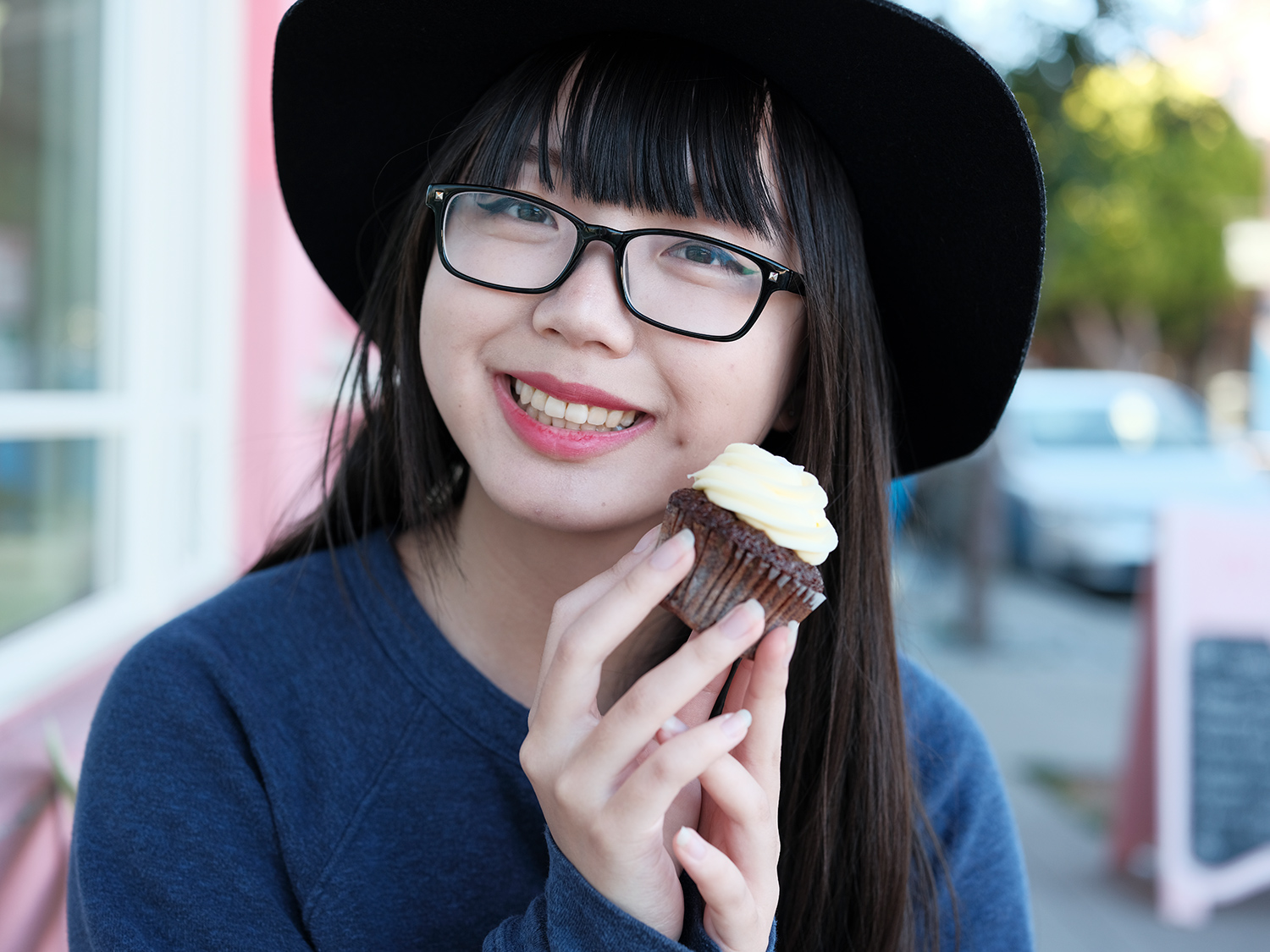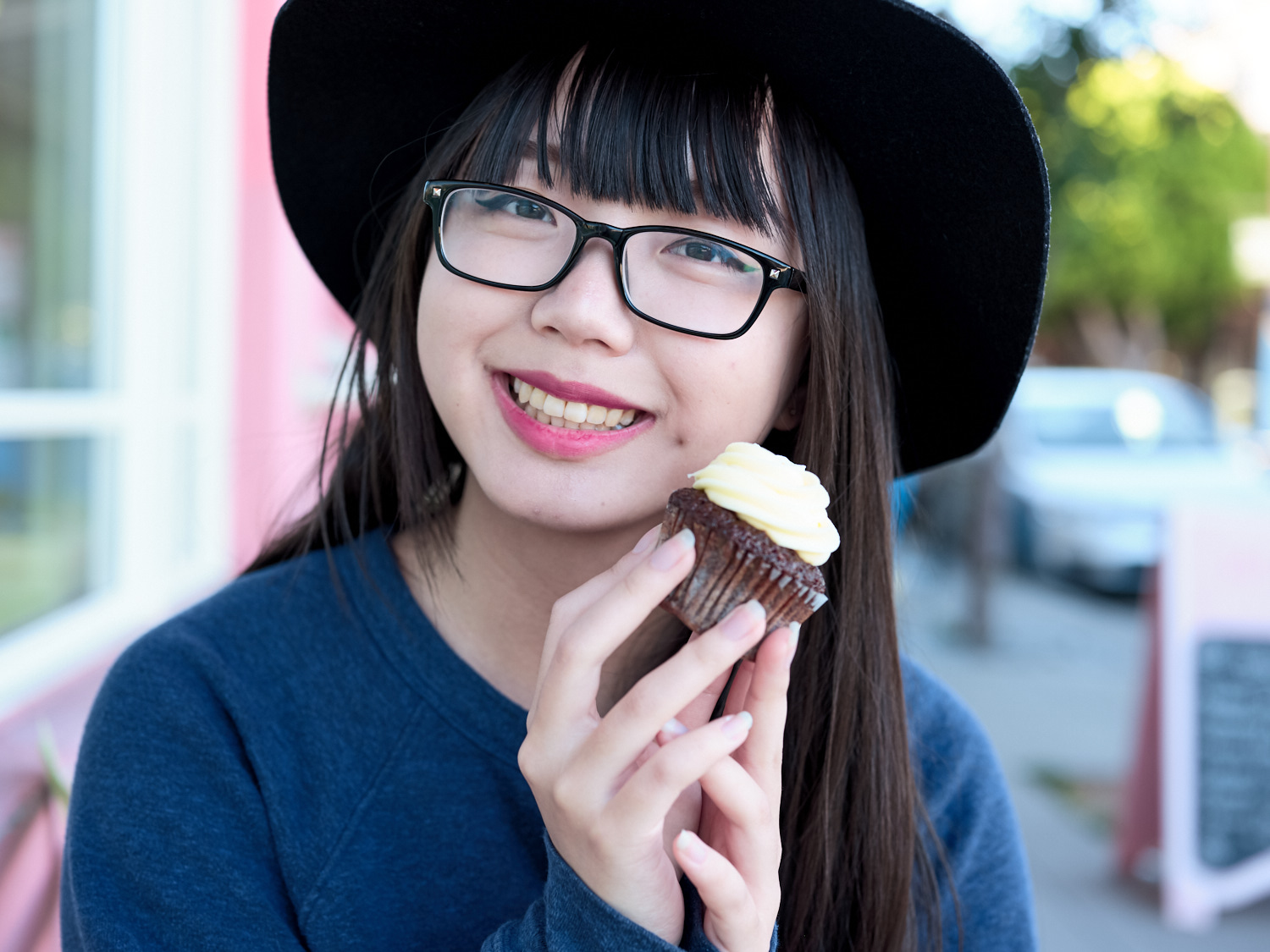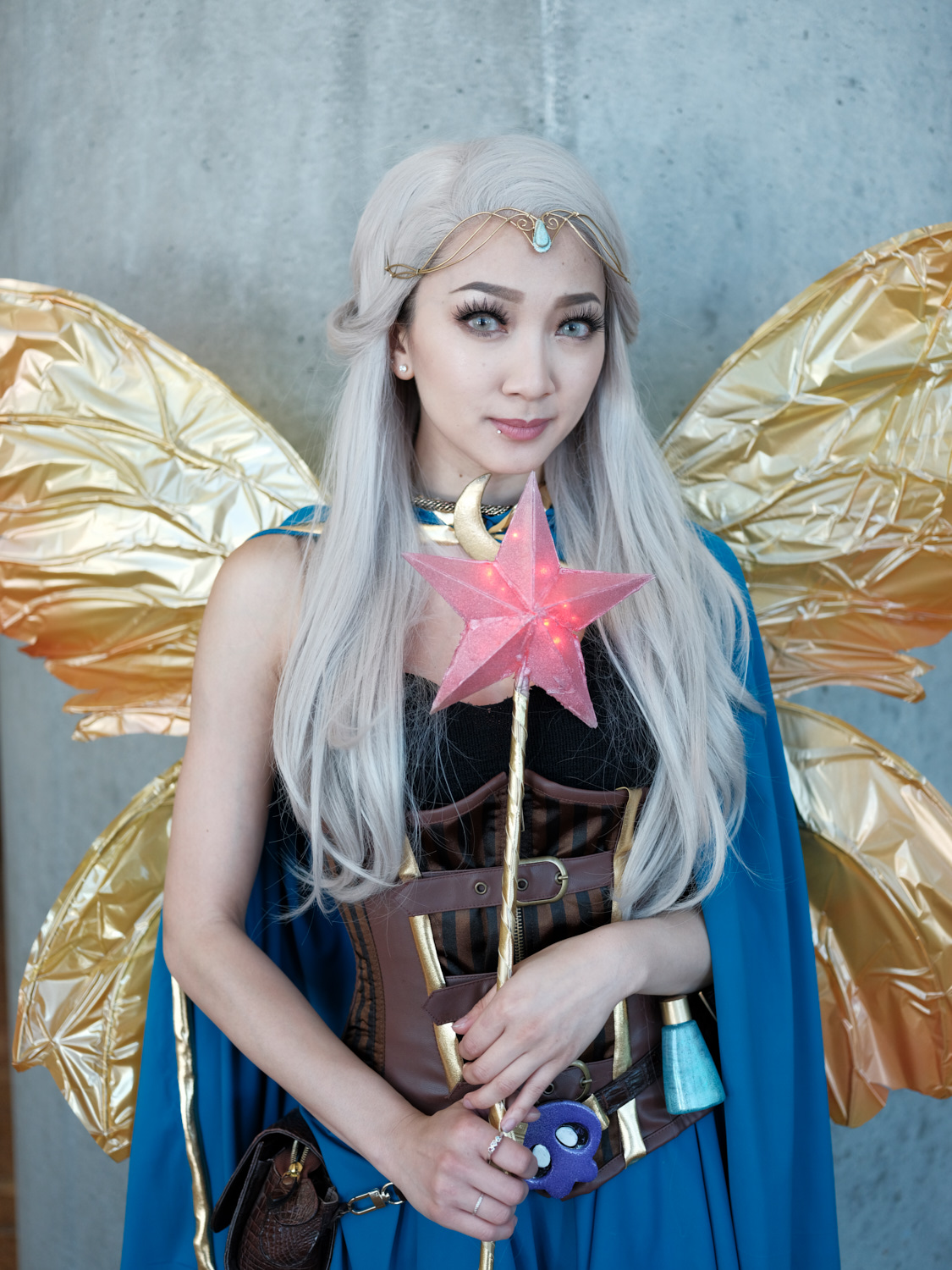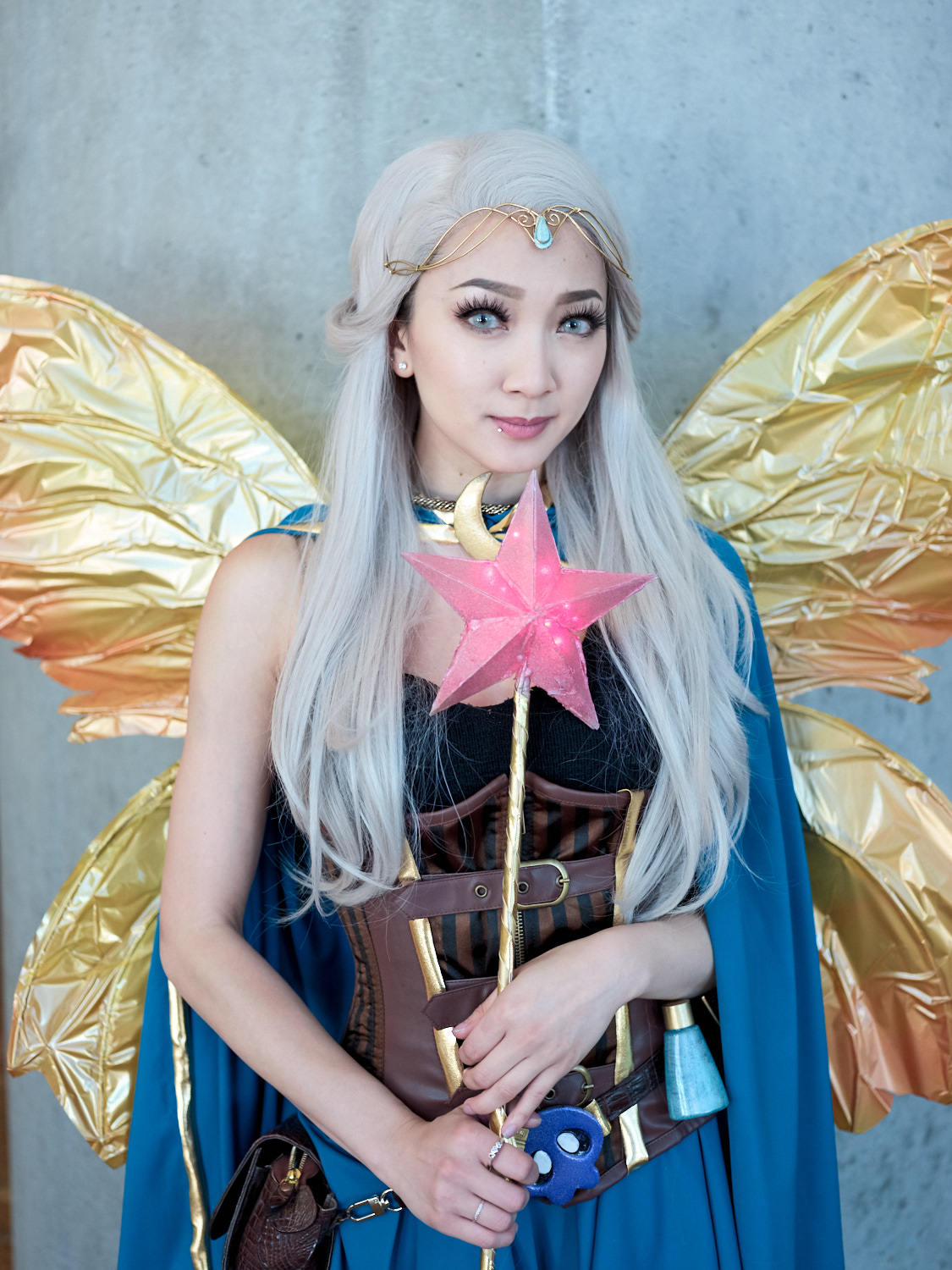As a Capture One user, I am disappointed that it does not support the Fujifilm GFX 50S raw files. In my previous posts (part1, part2, and part3) where I shared my search for an effective workflow for using the GFX with Capture One, I briefly touched on the usage of Iridient X-Transformer. Since then Iridient has updated X-Transformer to 1.0 beta 4, so I gave it another spin.
What's New in Beta 4?
The complete release notes for X-Transformer is here, but I listed out the version 1.0 beta 4 changes below:
New Features:
A new Lightroom scripting plug-in is now available for sending images to Iridient X-Transformer for conversion which avoids some of the limitations and disadvantages of using Lightroom's external editing functionality (or "Edit In").
A new option has been added to set the default DNG camera profile to either Iridient Standard or Adobe Standard. Iridient Standard should be a closer match to Iridient Developer, however due to inherent differences in the camera profile formats (ICC versus Adobe DCP) the default color rendering will still not be identical.
There is now an option to make the exported DNG file read only (or "locked"). This will prevent Lightroom from automatically writing metadata edits back to the DNG and will force use of sidecars for metadata storage.
There is a new option to translate the Fujifilm film style metadata into a Lightroom camera profile setting. This causes the DNG by default to load into Lightroom with an Adobe film emulation profile matching the camera settings for the RAF.
Fujifilm proprietary star rating metadata is now automatically converted to standard XMP metadata if the RAF does not have an XMP sidecar with a newer star rating value.
Improvements:
When working with an Edit In intermediate file from Lightroom with the "Preserve File Date" option enabled only the creation date will now be preserved. The modification date will be updated to the current time. This prevents Lightroom's caching from becoming confused about the state of edits with the Edit In file.
Updated camera calibration and profile information for models newly supported in Adobe's latest DNG Converter 9.10.1 updates (X-T20, X100F, X-A10 and GFX 50S).
Bug Fixes:
Fixed a Mac specific issue with setting the Save to Folder to a custom folder location.
Fixed some Mac specific crashing issues effecting older versions of macOS including 10.7, 10.8 and 10.9.
Fixed an issue with handling of automatic lens corrections metadata for vignetting where some lenses, particularly IS zooms, could show a notable under correction for vignetting. The results now should match up much more closely to the camera JPEGs and Lightroom as well.
Fixed a multi-threading issue with the sequence number based file naming when batch processing. Multiple images could be given the same sequence number and one would fail to be saved.
A lot of good stuff, but there one item that really made a world of difference for the GFX 50S which I highlighted in bold. The new feature is the ability to use Iridient Standard as the default camera profile.
With this one change, the DNGs that are imported into Capture One no longer require a change to the ICC profile!
As a proud as I am that I managed to make an ICC profile to correct the DNG colors, I am honestly the least qualified to do so. So having a better out-of-box solution is greatly preferred.
To change the default profile:
Go to the "DNG Options" tab in X-Transformer
In the "Default camera profile" dropdown box, select "Iridient Standard"
You're done!






